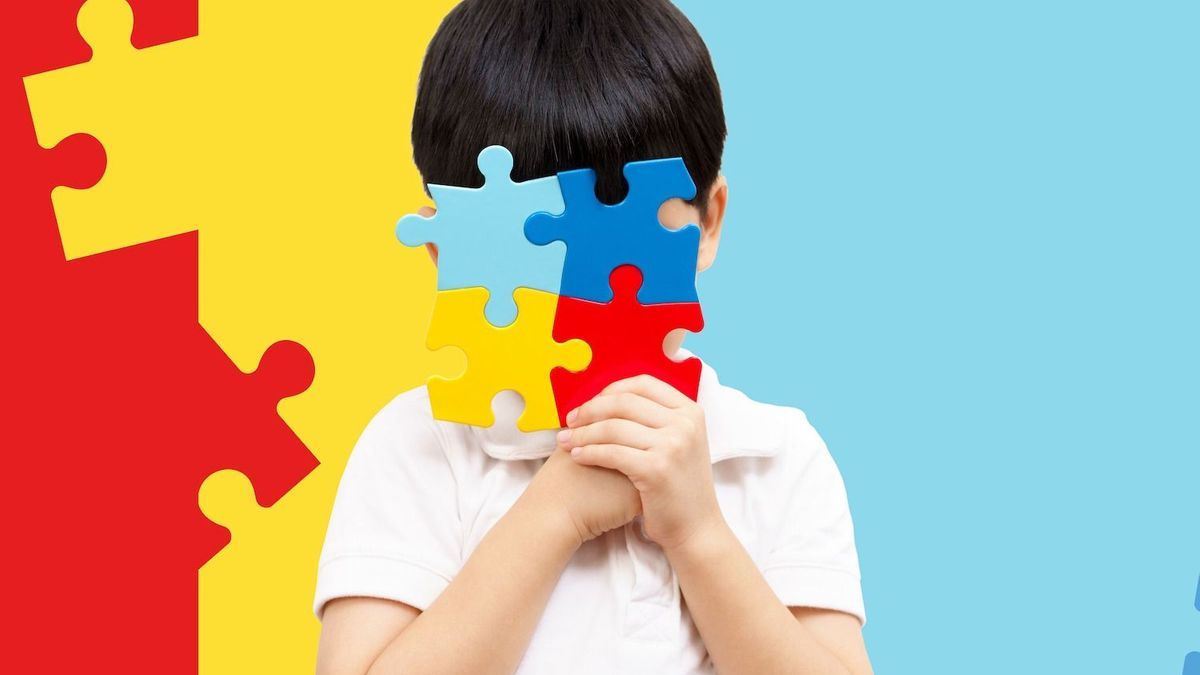
A French research team has uncovered a link between the social abilities of children with autism spectrum disorders (ASD) and brain architecture. The brain would be able to mobilize other brain areas to develop social skills. Unpublished results which confirm the importance of early treatment.
Not autism but autism spectrum disorder
Children with autism spectrum disorder (ASD) suffer from a significant deficit in social skills, which results in particular in difficulty looking an interlocutor in the eyes during interactions. The eye-tracking technique is thus a valuable analysis instrument for studying gaze behavior, in connection with a pathology or with a therapeutic intervention.
This technique was used by the researchers to assess the social abilities of the children followed in the study. This study showed that, although children with ASD look less at the characters’ eyes compared to control children, there are children who look more at the eyes and others who look less. This ties in with the notion of “spectrum” in autism – which covers many degrees of social abilities.
Brain plasticity compensates for a lack of social skills
But how can these differences be explained? The researchers’ hypothesis is that in certain children, the brain has mobilized other areas of the brain to compensate for this lack of social skills. This “compensation” mechanism would allow the acquisition of social abilities thanks to this “cerebral plasticity”.
The researchers also performed MRI scans on these children to study the anatomy of the brain’s bundles. The goal was to correlate these brain structures with social abilities, in a non-invasive but very precise way. This unprecedented association allowed a detailed observation of the brain architecture of the children in this study and the demonstration of the existence of complementary regions in the temporal lobe linked to better social performance. Clearly, these children have developed a “complementary” neural network located in the temporal lobe, dedicated to social skills.
The benefit of early intervention confirmed
This is the first time that work has revealed mechanisms underlying the development of social capacities. Knowing that age greatly influences brain plasticity (the brain’s ability to compensate for certain deficits by mobilizing other brain areas), this study reinforces the importance of early intervention in children with autism.
“Learning support for these children is therefore not only relevant, but above all effective, and could have a huge impact in facilitating the integration of individuals with ASD into society as a whole through the development of social skills.” conclude the authors.
